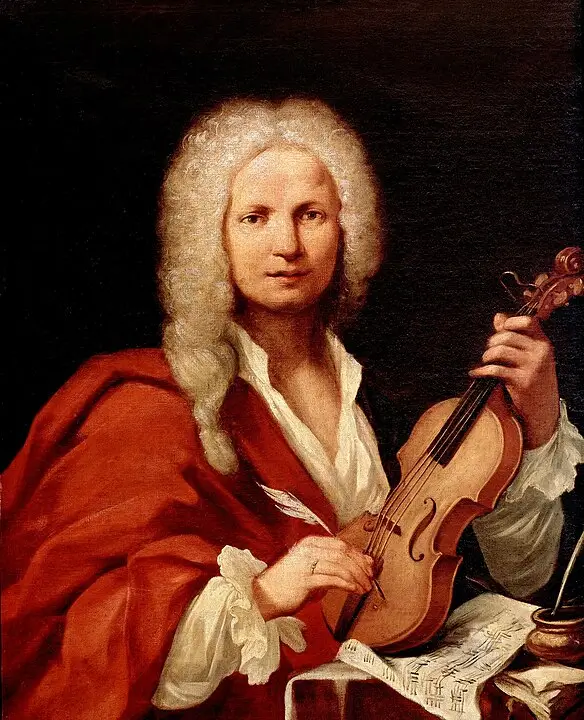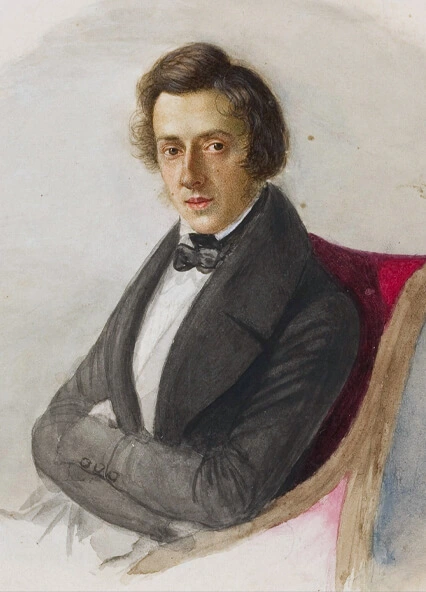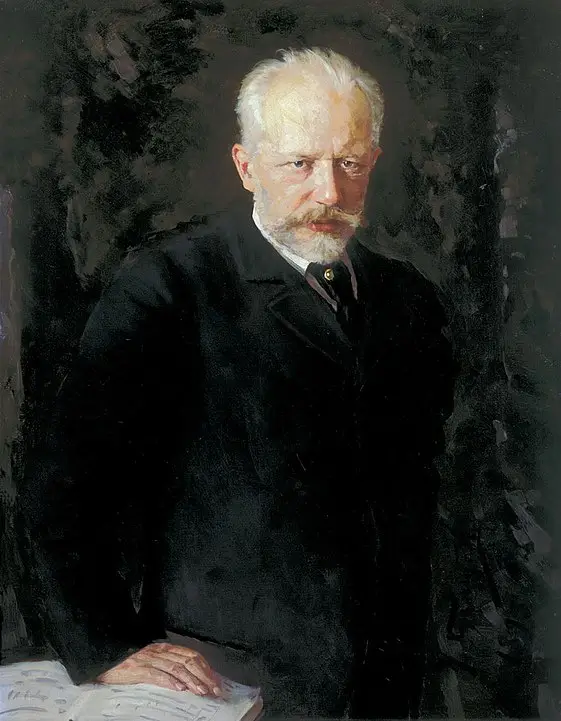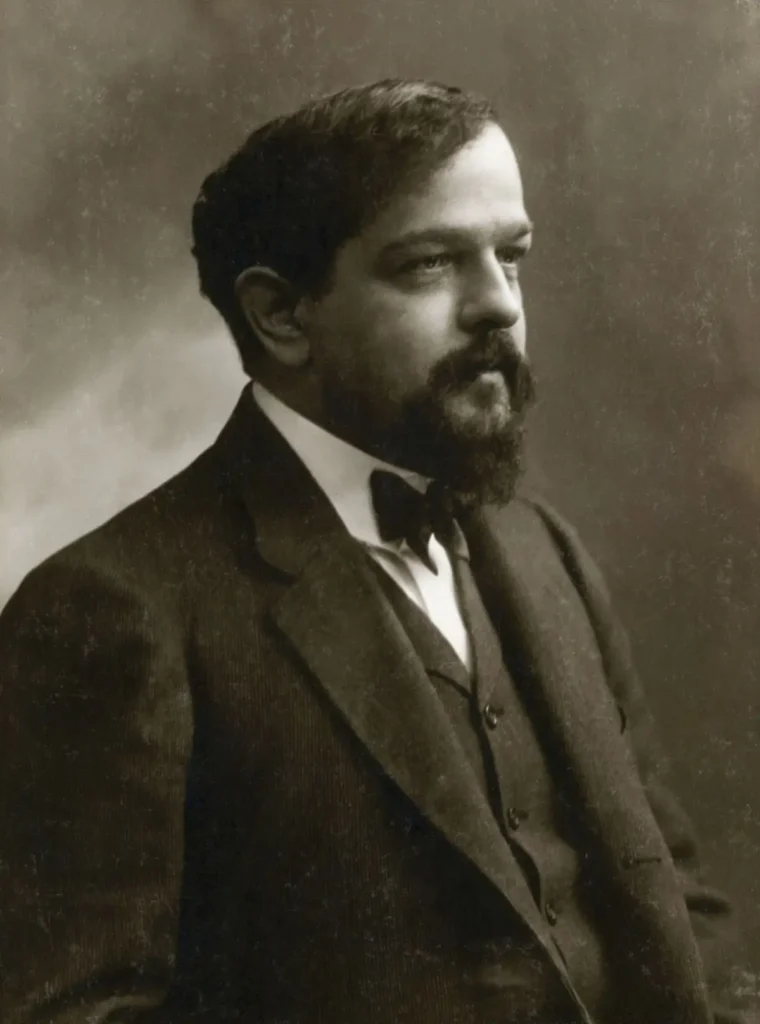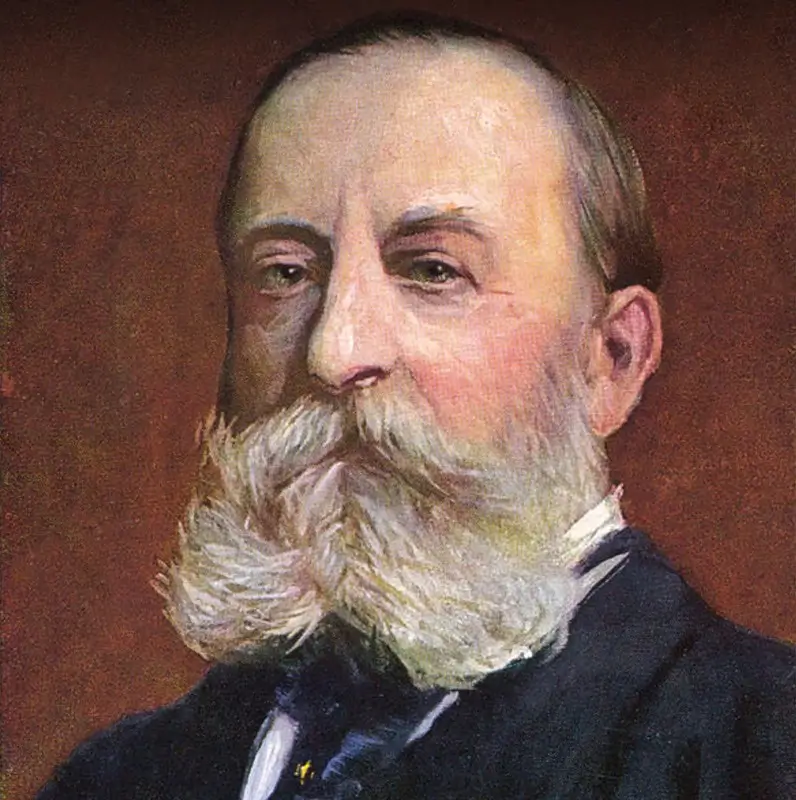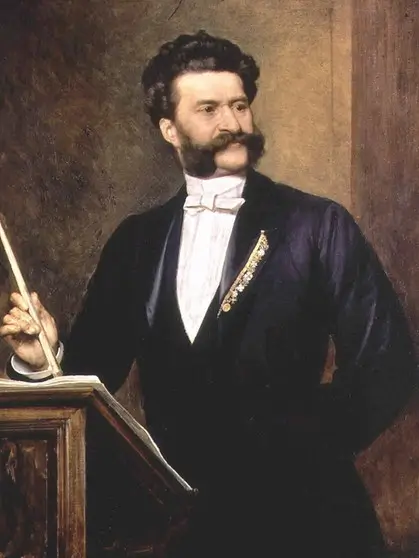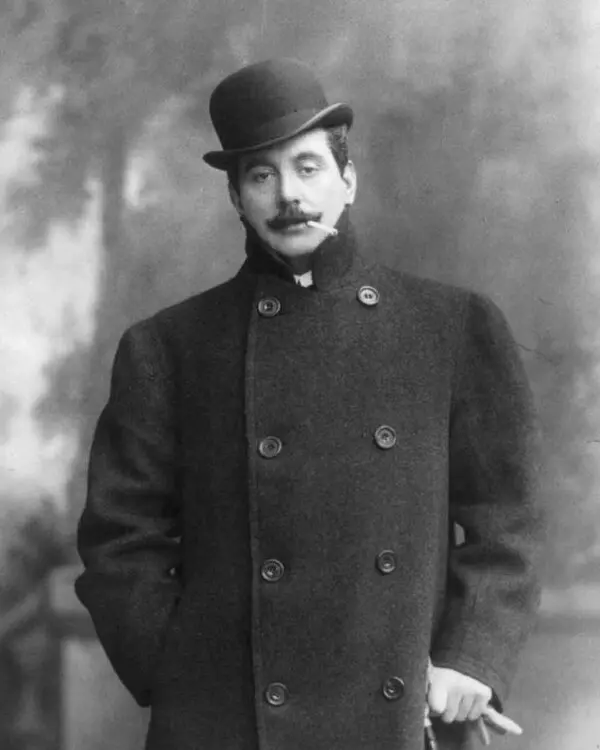Antonio Vivaldi: The Red Priest of Baroque Music
Introduction
Antonio Lucio Vivaldi, a name synonymous with the Baroque era, carved a niche in the world of classical music with his vibrant compositions and innovative concertos. Known affectionately as “Il Prete Rosso” (The Red Priest) due to his distinctive red hair, Vivaldi’s contributions to the development of the concerto grosso and solo concerto forms are monumental. His work not only enriched his contemporaries but also set the stage for future musical developments. This article explores Vivaldi’s life, from his early days in Venice to his lasting impact on the music world.
Early Life
Born on March 4, 1678, in Venice, Italy, Antonio Vivaldi was baptized immediately after his birth, an indication that his life was in peril due to either health complications or the earthquake that shook Venice that day. He was the eldest of nine children born to Giovanni Battista Vivaldi and Camilla Calicchio. His father, a professional violinist, introduced Antonio to the world of music, a factor that profoundly influenced his career path.
Musical Training and Development
Vivaldi’s early musical training was under the guidance of his father, who taught him to play the violin. Together, they toured Venice playing in various venues. At the age of 15, Vivaldi began studying to become a priest and was ordained in 1703. However, due to his poor health, specifically asthmatic conditions, he soon withdrew from active priestly duties to focus on music.
He became a master violin teacher at the Ospedale della Pietà, an orphanage for girls in Venice, in 1703. This position allowed him to explore his compositional talents, writing many of his early works for the all-female music ensembles of the institution. His role at the Pietà was intermittently active until around 1740, providing a stable platform for his musical experiments.
Major Works and Compositions
Vivaldi’s oeuvre includes more than 500 concertos, numerous sacred choral works, and over 40 operas. His most famous work, “The Four Seasons” (Le quattro stagioni), is a set of four violin concertos that depict scenes appropriate for each season, a revolutionary concept at the time of its composition. This piece not only showcases Vivaldi’s ability to paint musical landscapes but also reflects his deep understanding of the violin’s potential.
Another significant composition, “Gloria” (RV 589), remains a staple in the choral repertoire, beloved for its vibrant rhythms and beautiful melodies. Vivaldi’s operas, such as “Ottone in villa” and “L’Olimpiade,” though less performed today, were influential in the development of Italian opera.
Connections to Other Composers
Vivaldi’s influence extended beyond Venice and Italy. Johann Sebastian Bach, an admirer of Vivaldi’s work, transcribed several of his concertos for solo keyboard, a testament to Vivaldi’s prowess in composition. These transcriptions are crucial in understanding Bach’s development as a composer and his interest in the concerto form.
Moreover, Vivaldi’s interactions with other composers of his time, such as Johann David Heinichen and Giovanni Battista Martini, helped in the dissemination of his musical ideas across Europe. His style influenced many, and his innovative use of the orchestra set a new standard for dynamic contrast and thematic development.
Character and Philosophy
Vivaldi’s character and philosophical outlook on life were deeply intertwined with his music. He believed in the power of music to convey a range of emotions and ideas. His compositions often pushed the boundaries of musical expression with bold harmonic progressions and expansive melodies.
His philosophy also embraced the joy of teaching, as evidenced by his long tenure at the Ospedale della Pietà. Vivaldi was known to be deeply dedicated to his pupils, believing that music was a means of moral and intellectual development.
Life in Venice
Venice, during Vivaldi’s lifetime, was a vibrant hub of cultural activity, and he was at the center of its musical scene. The city’s unique setting and its flourishing arts scene provided a fertile ground for his creative explorations. Vivaldi’s music was a reflection of the Baroque Venice—a city of contrast between grandeur and decay.
His relationship with the city was complex; while he achieved fame and recognition, he also faced financial difficulties and professional setbacks. Despite these challenges, Venice remained his home for the majority of his life, and its influence is evident in the vivacity and drama of his music.
Death and Legacy
Antonio Vivaldi died on July 28, 1741, in Vienna, where he had moved in hopes of reviving his career. He died in relative poverty, and his death marked a period of obscurity for his music. It was not until the 20th century that Vivaldi’s compositions were rediscovered and given the recognition they deserved.
Today, Vivaldi is celebrated as one of the greatest Baroque composers, and his music is performed and cherished around the world. His legacy is not only in the notes he left behind but also in his approach to composition and his influence on the generations of musicians who followed.
Antonio Vivaldi’s life and works continue to captivate and inspire, proving that true art transcends the boundaries of time and space. His music, once lost to the world, now resounds in concert halls across the globe, a lasting testament to his genius.

